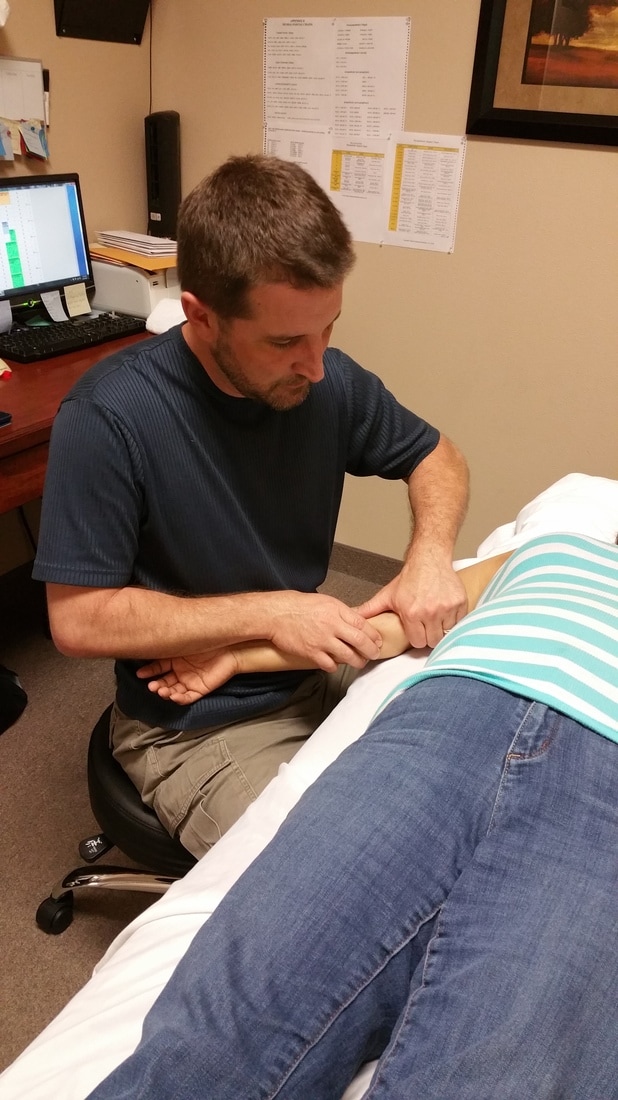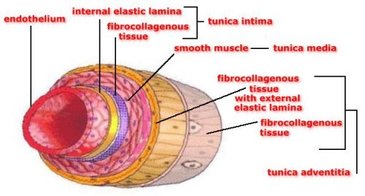|
The treatment uses a light pressure to glide the fascia over the artery, beneath the skin, back towards the origin or heart. You can have a range of symptoms that can be helped with this technique. Some of these include muscular pain, headaches, tendonitis, chest wall pain, light headedness or vertigo, pseudo-radiculopathies, digestive problems like constipation, pelvic floor dysfunction and pain, TMJ pain, hip and groin pain. The observable clinical effects include; decreased nerve sensitivity, decreased inflammation, improved flexibility, improved proprioception, normalization of muscle tone and improved functional performance.
Layers of the Artery
The arterial system is a network of blood vessels designed to transport vital nutrients to each body part from organs to tissues. If the flow of the arterial system is inhibited pain, weakness, and degradation of tissue can result due to the restriction of resources.
What is arterial fascial dysfunction? Arteries are covered by deep fascia which can become inflamed. If this happens the connections between aretial fascia and the spinal cord can cause contractions of the smooth muscle or vasospasms. Arterial tender points are used to identify arterial fascial dysfunction. This dysfunction is associated with such conditions as muscle pain, TMJ, lower back pain, neck pain, and degenerative joint disease. Fascial Counterstrain (FCS) Therapy FCS therapy uses fascial glides to relieve vasospasms from dysfunctional arterial vessels. Each affected vessel requires a 45 second release in order to restore regular blood flow. |
|
44025 Jefferson St., Ste 104
La Quinta, CA 92253 |
Phone: (760) 345-5453
Fax: (760) 345-7063 |
Hours of Operation:
Mon - Friday 7:30am - 6:00pm Closed weekends and major holidays |
Proudly powered by Weebly

